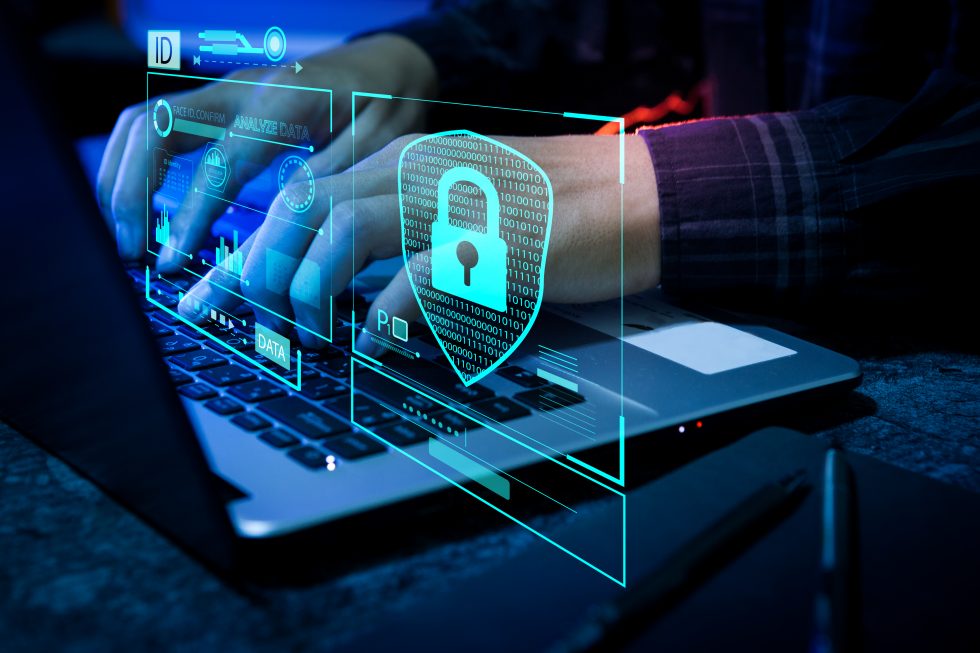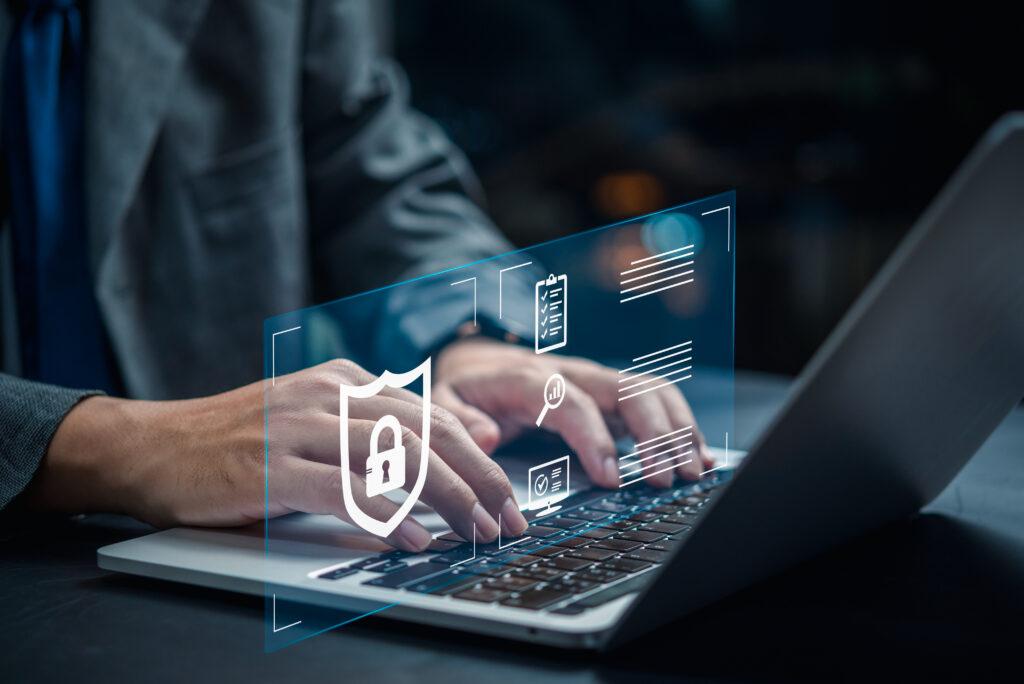Building a Digital Fortress: The Crucial Role of Company Cybersecurity
In today’s interconnected world, a company’s digital assets are as valuable as its physical ones. Customer data, proprietary information, financial records, and operational systems all live in the digital realm, making them a prime target for malicious actors. Company cybersecurity is no longer just an IT concern; it’s a fundamental business imperative. A robust cybersecurity strategy is the difference between a thriving enterprise and one crippled by a data breach, financial loss, or reputational damage. This article will explore the core pillars of effective cybersecurity, outlining why a proactive approach is essential for every business, regardless of its size.

The Threat Landscape: Why Every Business is a Target
The notion that small to medium-sized businesses (SMBs) are too insignificant to be targeted is a dangerous myth. In fact, a study by the Ponemon Institute found that 67% of small businesses experienced a cyberattack in a given year. Cybercriminals often view SMBs as easier targets due to their perceived lack of sophisticated defenses. The threat landscape is vast and includes:
- Phishing Attacks: The most common form of cyberattack, where employees are tricked into revealing sensitive information or installing malware through fraudulent emails.
- Ransomware: A malicious software that encrypts a company’s data, making it inaccessible until a ransom is paid. The average cost of a ransomware attack has skyrocketed, often running into hundreds of thousands of dollars.
- Insider Threats: Disgruntled or negligent employees who intentionally or accidentally compromise company data.
- Malware and Viruses: Software designed to disrupt operations, steal data, or gain unauthorized access to networks.
Core Pillars of a Robust Cybersecurity Strategy
An effective cybersecurity plan is a multi-layered defense system. It’s not about buying a single piece of software; it’s about creating a culture of security throughout the entire organization.
1. People: The First and Most Important Line of Defense
Technology is only as strong as the people using it. Most cyberattacks, especially phishing, prey on human error. Therefore, investing in your team’s knowledge is the most critical component of company cybersecurity.
- Cybersecurity Training and Awareness: Conduct regular training sessions for all employees, teaching them how to recognize phishing emails, create strong passwords, and understand basic security protocols. Use simulated phishing attacks to test their readiness.
- Strong Password Policies: Enforce the use of complex, unique passwords and multi-factor authentication (MFA). MFA adds an extra layer of security by requiring a second form of verification, such as a code from a phone, in addition to a password.
- Access Control: Ensure that employees only have access to the data and systems they need to do their jobs. This minimizes the potential for an insider threat or for a compromised account to spread across the entire network.
2. Technology: The Tools of the Trade
While people are the first line of defense, technology provides the necessary tools to detect, prevent, and respond to threats.
- Firewalls and Intrusion Detection Systems: A firewall acts as a barrier between your internal network and external traffic, blocking unauthorized access. An Intrusion Detection System (IDS) monitors network traffic for suspicious activity and alerts administrators.
- Endpoint Protection: Every device connected to your network—laptops, desktops, and mobile devices—is a potential entry point for a cyberattack. Endpoint protection software, including antivirus and anti-malware, is essential for monitoring and securing these devices.
- Data Encryption: Encrypting sensitive data, both at rest (stored on servers or hard drives) and in transit (moving across a network), renders it unreadable to unauthorized parties, even if they manage to steal it.
- Regular Software Updates and Patch Management: Cybercriminals constantly exploit vulnerabilities in outdated software. Automated patch management ensures that all systems and applications are updated with the latest security patches, closing potential backdoors before they can be exploited.
The Process: From Prevention to Recovery
A comprehensive cybersecurity plan goes beyond technology and training. It encompasses a clear, well-rehearsed process for handling security incidents.
1. Proactive Risk Assessment
Before you can defend your company, you need to understand what you’re defending against. A thorough cybersecurity risk assessment identifies your most valuable digital assets, the potential threats to those assets, and the vulnerabilities in your existing systems. This analysis allows you to prioritize your security investments and focus on protecting what matters most.
2. Incident Response Plan
What happens when a breach occurs? An effective plan minimizes damage and speeds up recovery. A well-defined incident response plan outlines the steps to take immediately after an attack, including:
- Detection and Containment: Identifying the breach and isolating affected systems to prevent further spread.
- Eradication: Removing the malware or threat from the network.
- Recovery and Restoration: Restoring systems and data from secure backups.
- Post-Incident Analysis: Reviewing the incident to learn from it and improve future defenses.
According to IBM’s annual Cost of a Data Breach Report, companies with a well-tested incident response plan save an average of $1.5 million in costs compared to those without one.
3. Data Backup and Recovery
One of the most effective defenses against a ransomware attack is a robust backup strategy. Your company should have multiple backups of critical data, including off-site or cloud-based backups that are not connected to the main network. This ensures that even if your primary systems are compromised, you can restore your data and continue operations with minimal disruption.
Conclusion: Cybersecurity as a Competitive Advantage
In a world where trust is a valuable currency, a strong commitment to company cybersecurity can be a significant competitive advantage. It builds confidence among customers and partners, protects your intellectual property, and safeguards your financial stability. The journey to a secure digital environment is ongoing, requiring continuous investment, vigilance, and adaptation to new threats. By prioritizing your people, investing in the right technology, and establishing clear processes, you can build a resilient digital fortress that protects your business and fosters long-term success.






